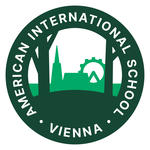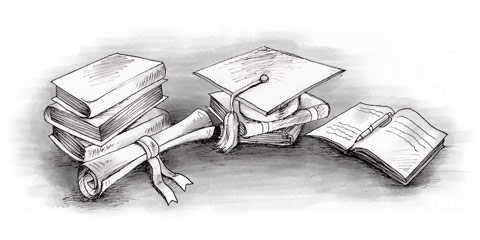Austrian schools
The Austrian education system is unique and complex, as children are given many options regarding paths to follow, as opposed to the much less flexible systems around the world. Austria has one of the highest levels of state-funded schooling in the world. In fact, private schools only account for 8% of educational institutions, most of them being religiously affiliated. All state schools teach in German, although some may offer more languages, so make sure you are comfortable with the decision.
School levels
Education is Austria is free, and the first 9 years of education are mandatory, financed by the Federal Ministry of Education and administered on a state level.
The first 4 years consist of primary school (Volksschule), from the ages of 6 to 10, followed by 4 years of lower secondary (Hauptschule) from ages 10 to 14, when students can choose whether to enroll in academic or vocational middle schools. When choosing the general secondary school, students can choose between a concentration in humanities and art, science and mathematics, or home economics and technology. At the beginning of every year, students are allowed to change their chosen “stream,” like changing from an art to a science path. On the 9th year of schooling, students choose to enter a prevocational program or a general secondary academic school. Most schools offer the different "streams" a student can take, unless they choose to go to a vocational school, for which they would have to move to a specialized institute.
Vocational school
Students have the option of entering into an apprenticeship where they can train for over 250 professions. If they choose this path, they have to enroll in a polytechnic institute (Polytechnische Schule) for a year to complete the prevocational program. Once they have an apprentice position, students are required to attend vocational school (Berufsschule) for the next three years. Students are not required to work on the days they attend school, and after three years, students must take the final apprenticeship examination (Lehrabschlussprüfung). If they have attended a higher vocational school, then they must also take the general school-leaving examination (Matura), which is the same examination taken by students graduating from grammar or general schooling.
Grading system
Grades generally range from 1 to 5, with 1 being “outstanding” and 5 “insufficient,” meaning the student has failed. The core subjects in Austrian education are German, English, mathematics, biology, history, physics, chemistry, sports, and music.
International schools
As is the case in many countries, international schools are privately run institutions whose high fees generally mean they have a higher level of education and better infrastructure. Tuition at these institutions can reach more than €20,000/yr, so it is important to take into account all options available.
For children moving to Austria who have no previous knowledge of German or the Austrian system, entering an international school provides them with less transitional barriers. The most significant of which is probably the language.
International schools generally offer the International Baccalaureate (IB) and/or the home country curriculum. Most international schools are located in Vienna, except for two which are found in Salzburg and in Carinthia.
Special education
There are special schools (Sonderschule) for children with severe learning difficulties and disabilities for the first nine years of their education. However, most of the time these students attend standard schools in “integration classes.”
School day
Schools in Austria are in session from 8:00 a.m. to 1:35 p.m., Monday through Friday. Lessons tend to last 50 minutes. Schooling is divided into two semesters, fall and spring. They have Christmas Break in December, Winter Break in February, Spring Break in late March, and Summer Holiday from June to September. There are also many local holidays that are observed depending on the institution and its location.
Requirements
Once you have chosen a school, you must check its application requirements, as they vary for each one. International schools generally ask that you complete an Online Application Form first and foremost. Applicants are required to send in any and all school reports, transcripts, and academic records for the last three school years as well as Standardized Testing Results (PSAT, SSAT, STAR, ISA, NWEA-MAP, etc.). A writing sample is almost always required, but the specifications vary depending on the school year and institution. It is important to have professionally translated records whether they are needed in English, German, French, or any other language. Applicants are also asked to cover an application fee, considering international schools are private institutions and do not receive funding from the government.
Choosing the right school
When choosing a school in Austria, there are a couple of things that you should keep in mind, the most important of which is the language. If your children are proficient German speakers, then the world is your oyster. Otherwise, it may be easier to stick to an international school, especially if you won’t be in Austria for long. Another important aspect is the actual curriculum, as it would be beneficial to have an easily transferable curriculum, considering that the Austrian system starts narrowing down the subject load to specific disciplines. This might put your children at a disadvantage if they return to a more traditional common track schooling where all disciplines are taught until graduation.



